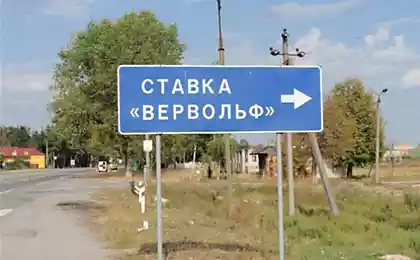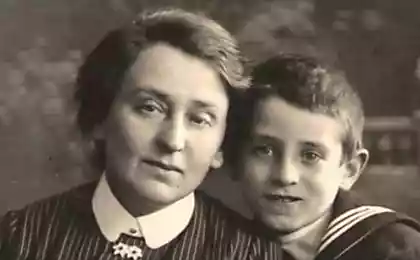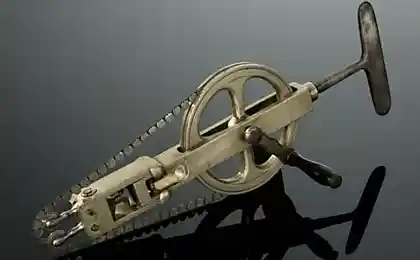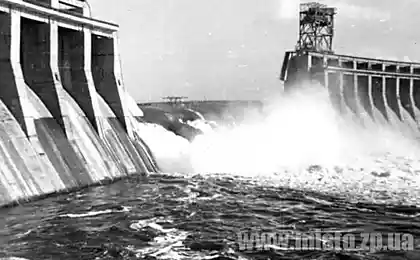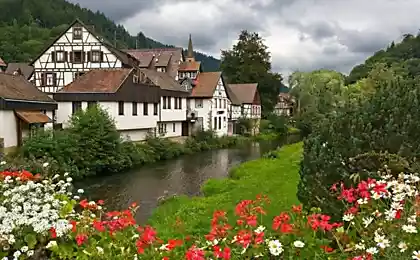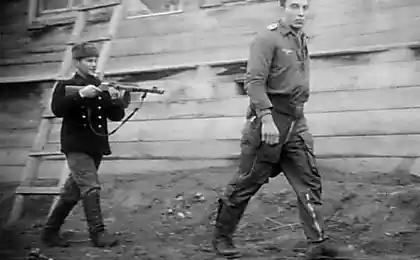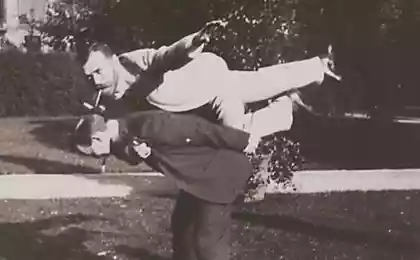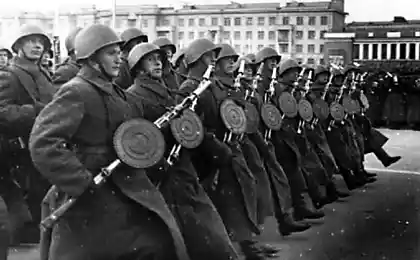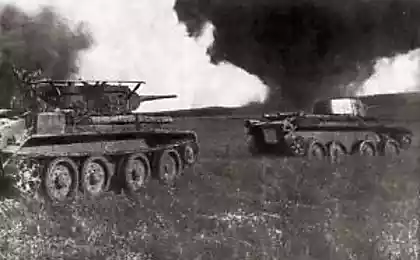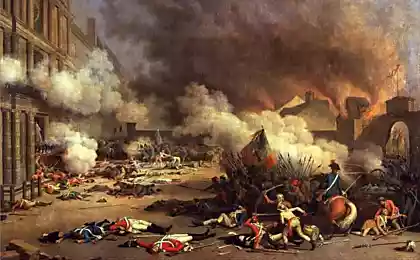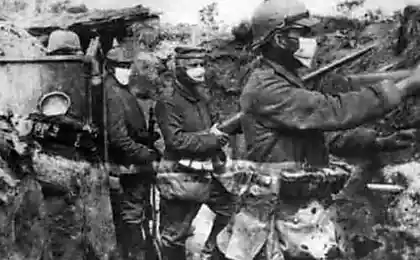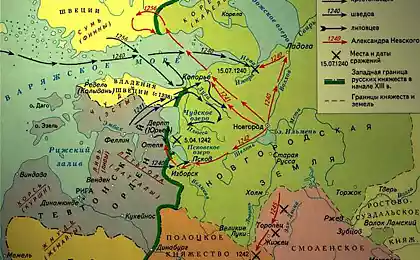1500
Alexander Nevski
At the end of the twelfth century, the eastern shore of the Baltic Sea from Prussia to Finland were the last bastion of European paganism. For Rome it saw a direct insult to the church, but the Balts and Finns were not barbarians. Their life was difficult. Winters their fatherland were cold, but not as both be cold in Russia. On the shores of the Gulf of Finland in the main settlements were sedentary tribes Suomi Finland, Tavastia, Em - hunting tribes of the Southwest Finland. Paganism these northern people were a form of shamanism is terrifying medieval hristyaninu. Officially, the Baltic hiking started as a small thing, but parallel to Rome organized the Fourth Crusade. It started with the fact that Pope Innocent III called for the northern Germans calling zaschititnovuyu and uyazzvimuyu Church in Livonia.
City Novgorod
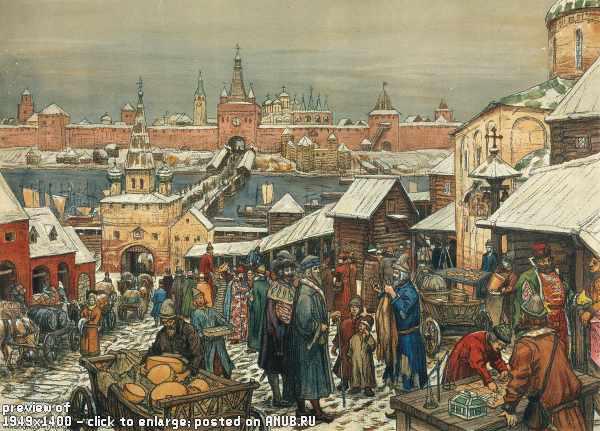
Medieval Russian proverb says: "Who can resist God and Veliky Novgorod?". Novgorod was really powerful city. Russia by European standards was a huge but sparsely populated. Initially, the city bore the name of glory, and only then began to Novgorod.
The leaders of the warring parties:
The leaders of the Crusaders:
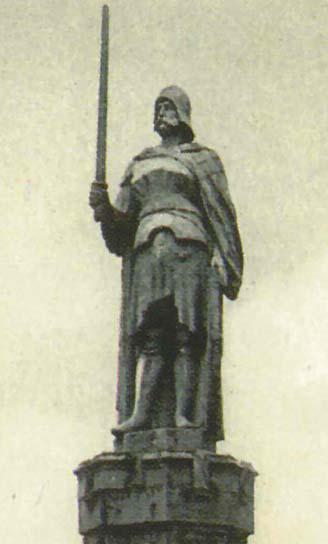
Among 1240-1242 years. It was involved in a lot of politically important figures of contemporary Europe, but a limited number of chronicles and greed do not allow us to significantly restore the names of those who commanded the army of the Crusaders on the island of Chud. So predominating face Crusaders: Tartu Bishop Hermann von Bukskhoved, Andreas von Felben - landmeytser or "provincial master" Teutonic Knights in Riga.
Russian leaders: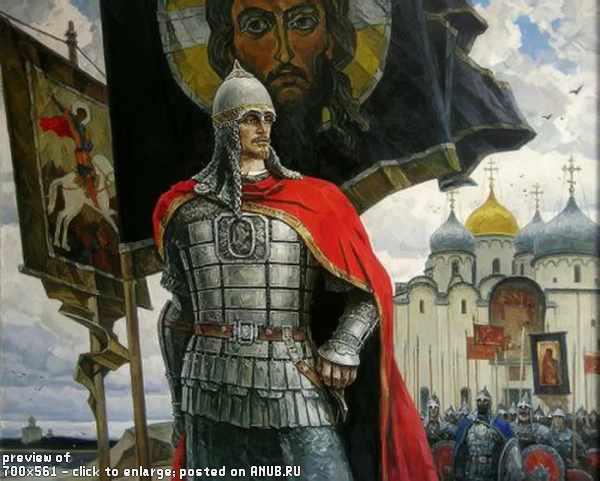
Alexander Nevski; from the description in the Novgorod Chronicle: In truth, his reign could not have happened except for God's will. The growth exceeded the growth of his other warriors, the voice was like the sound of a trump, face- the person of Joseph, in whom the Egyptian Pharaoh saw the new Pharaoh of Egypt. His strength is like the force of the great Samson, God gave him the wisdom of Solomon and the courage of the Roman Caesar Vespasian, who had captured the whole land of Judea.
The younger brother of Alexander, Andrew Yaroslavovich.
Domash Tverdislavich
The forces of the opposing sides
Replenishing the Army krestonostsev.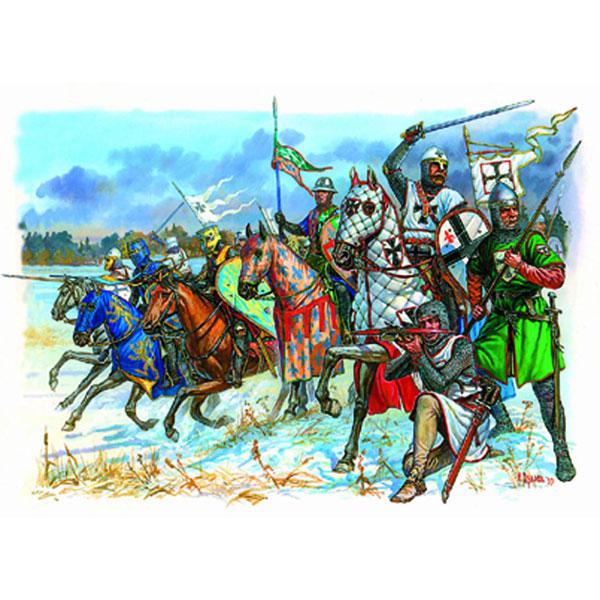
Crusader army formed mostly of local Estonians and Baltic countries, as well as attending the war the inhabitants of northern Germany and Denmark. As usual, the brothers made up the core of the Knights ordena.Esli talk about the campaign of Novgorod, when the words "Teutonic Knights", we should understand first of all the former Sword who joined the Teutonic Order in his Livonian branch. In addition to the impact of knightly cavalry in the Livonian branch of the Teutonic Order and other units were formed: professional infantry and cavalry, a non-combatant support personnel and support forces. Another human resources are the so-called "Seasonal crusaders" who often came to Livonia in fairly large quantities, mostly in the summer.
The tactics of the army of the Crusaders.
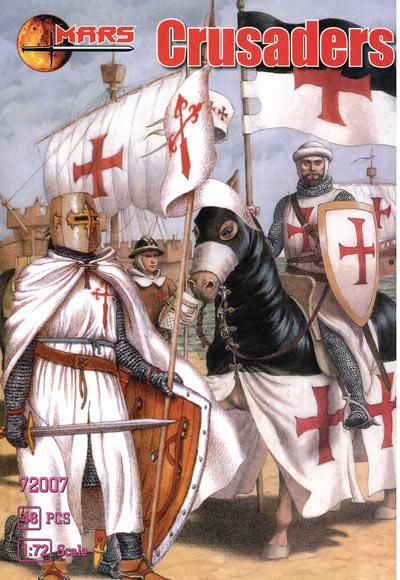
Army Crusaders in the Baltic States used mainly usual tactics of Western European armies, but with small local additions. For example the original purpose of the onset of the local conditions was to mislead the enemy commanders and force them to leave their troops in the wrong direction. In the battle flag used to identify "their", as well as a gathering place were scattered on the battlefield soldiers. In winter, the Crusaders carried small raids by small local units, using as a convenient way to frozen rivers and swamps. Such winter hikes led to a significant loss of horses.
Replenishing Russian armiy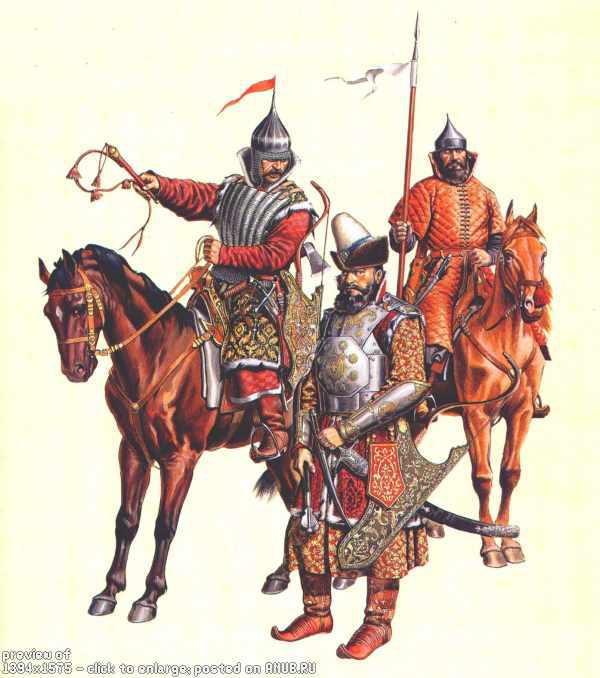
Medieval Russian people were a mixture of Slavs, Balts, Finns, Saami, Scandinavia, the Turko-Mongols and other peoples. Nobles and knights were very intricate genealogies, leading its origin from the elders of the pagan Slavs, Scandinavian merchants, leaders of the Alans, Turkic khans and Circassian. Traditionally, Russian troops were recruited from a highly skilled soldiers, including a fairly humble origins. The combat power of the urban militia was small, so she tried to act side by side with a team of local prince. Much more important military replenishment princely armies gave no Finno-Ugric tribes and the Turkic steppe. Their influence on the Russian army was enormous. In the battle on the Lake Peipus on the right horse archers were the Mongols.
Tactics Russian armiy.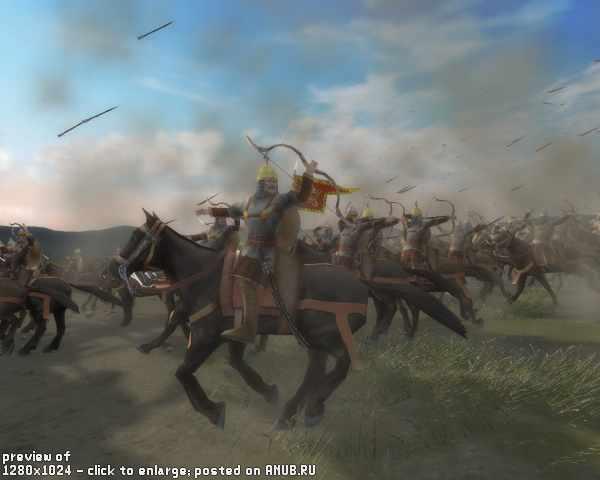
Russian tactics developed as a response to the challenge from the steppes. The raids deep into the steppes were often associated with undue risk, so the tactics on the battlefield was built on defense. In the description of the end XIIveka Kiev construction, for example, was the cavalry on the flanks with voyami (infantry) in the center, were spearmen shield wall for archers (archers).
Number armiy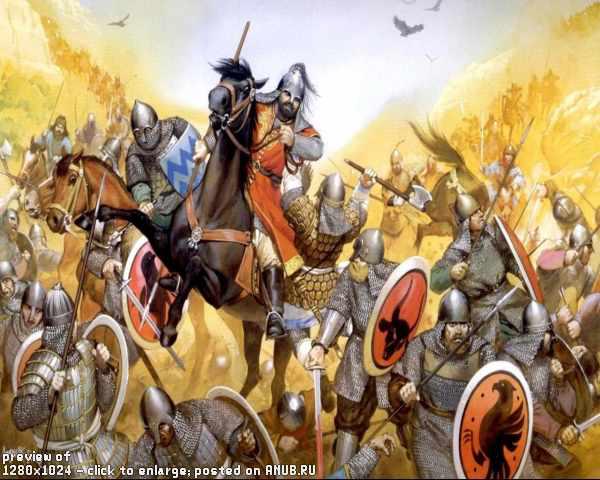
Lake Peipsi Crusader army probably numbered about 800 German and Danish knights and sergeants, and even about 1000 "Teutonic" and "Danish" Estonians.
The number of Russian troops is much more difficult to assess. It is clear that the army includes its own retinue of Alexander Nevsky and his brother Andrew squad. However, the present and a significant amount of Novgorod militia. The total number of troops of Alexander within 6000 and 7000.
Plans for the warring parties
Russian planyAleksandr Nevsky campaigns 1240-1242gg. Three reflected the invasion of the Crusaders and defended Novgorod land, after which he undertook a limited raid on enemy territory in order to prevent further aggression. Priorities Nevsky certainly not seen in the fight against the Crusaders, and in the south and east, where the Mongol invaders by this time rapidly pooled under his suzerainty conquered Russian principalities.
Plans Crusaders
Plans Crusaders seemed more elaborate and ambitious than the Russian. Application of coordinated attacks on three different areas had strategic sense: to crush Russian defense and block the main western trade routes on which depended the existence of Novgorod. Once all of these attacks were repulsed the Crusaders appeared exhausted. The fact that the Crusaders were able to catch up on Lake Peipsi army of Alexander Nevsky, forcing him to battle, demonstrates the mobility of their armies.
Battle Peipsi ozere.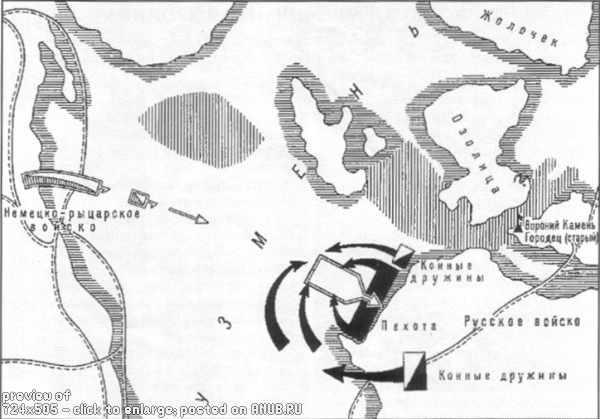
One of the features of this battle, which produced on his contemporaries and made history, was that the decisive battle took place on the ice of a frozen lake. This led to the widespread misconception that the retreating Germans had failed under the ice of the lake and drowned. According to current data the fight went to the shore, and only the last phase flows on the coastal ice, where the depth does not exceed one meter.
In the spring (and the battle took place in the spring) the ice begins to melt off the coast, thinned to 20-50 cm, which is sufficient for light infantry and cavalry, but may not be enough for heavily armed knight. But again, the depth is insufficient to die. Unfortunately, the exact route of the two armies is unknown. Perhaps Alexander Nevsky scouts watched the movement of the column of the Crusaders, because the prince began to look for a fight as soon as his men reached the Russian side of the lake. Legendary Crow stone is very difficult to find.
The subsequent battle is presented in "The Life of Alexander Nevsky", unfortunately in quite uninformative manner: the two sides meet at the lake, the pious Prince Alexander praying, and then the army faced in battle. Data from other sources are more useful. The most important part of the battle, the Crusaders attacked "pig" or "wedge". "And the Germans have driven to the regiment and Chud and made our way through the pig Regiment. And there was a great slaughter Germans and Chud ».
"Offensive" horse archers formally as not in keeping with the defensive tactics of the main forces of Alexander, but it is well "protected" steppe: raid, shooting, retreat, and everything from the beginning. That is the tactic, and experienced soldiers stationed on the flank of the Danish king. For them, it was again.
The battle was short but fierce battle. The main intrigue took place in the center, where armored cavalry of the Crusaders deeply wedged in the central part of the Russian line, but at this point, or Polovtsian Mongol horse archers scattered and partly destroyed the royal Danish troops. Divine intervention was called showers of arrows poured on the heads of the Crusaders, who were quite earthly origin. Barely after breaking structure Russian line Knights Crusaders were surrounded, as their forces were defeated and surrounded, as the forces on the wings were broken and scattered. Initially, the numerical superiority was on the side of Alexander, but when you consider the flight of the subsidiary of Estonian troops who fled and have not entered into combat contact with the enemy.
The campaign ended with the return of Alexander's home. Alexander forgave pskovityan and went to Novgorod. Before they drove full of those who were called the Knights connected harness of his own horses and other experienced soldiers.
After bitvy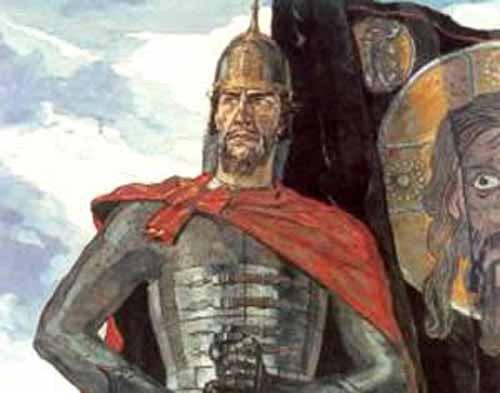
Consequences of the battle for krestonostsev.Krestovy campaign against Novgorod has not received further development, as papal legate, unable to find a sufficient number of soldiers for the task. Peace talks ensuing battle, determined that the Crusaders return all the lands they conquered. The defeat of Novgorod Crusade also led to a new interrelationship between Catholics and Orthodox in the Baltic States.
Consequences of the battle for the Russian
Alexander Nevsky was able to break the Crusader invasion of fast action and the involvement of the relevant forces. Most of all Western historians struck participate in combat or Polovtsian Mongol horse archers. Events 1240-1242gg. Novgorod proved that their own city is not in a position to resist the invasion from the West. Relationship Alexander the Moguls were based on his unswerving loyalty to the Orthodox Church. For devotion to Alexander Mongols complain to 1252g. Him the title of Grand Duke.
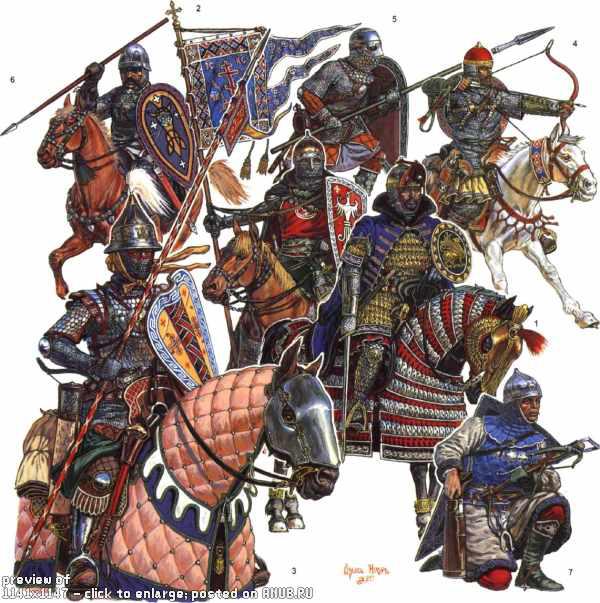
. Voivode (Prince).
2. Bearer.
3. Heavy Spearman (representative of the senior squad) 1st line
4. Heavy Horse Archer
5. The Prussian cavalry druzhinnik (emigrants in the service of Novgorod)
6. Walking heavy spear (Novgorod militia)
7. Walking arbalester (Novgorod militia)
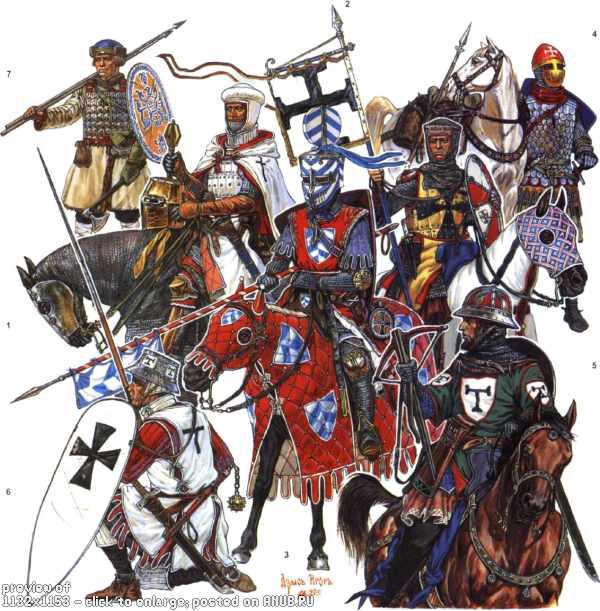
1. Heavy "Knight first line (provincial commander) of the Livonian Order.
2. Insignia Knight-bearer.
3. vassal knight, having linen at Dorpat episcopate.
4. Horse "serzhment" or squire.
5. Horse arbalester or squire
6. Walking squire of the Livonian Order.
7. Chudskoe militia (Order's vassal ally
Material taken from istorchieskogo journal "almanac. New soldiers »
Prepared at the request of Conan.
City Novgorod

Medieval Russian proverb says: "Who can resist God and Veliky Novgorod?". Novgorod was really powerful city. Russia by European standards was a huge but sparsely populated. Initially, the city bore the name of glory, and only then began to Novgorod.
The leaders of the warring parties:
The leaders of the Crusaders:

Among 1240-1242 years. It was involved in a lot of politically important figures of contemporary Europe, but a limited number of chronicles and greed do not allow us to significantly restore the names of those who commanded the army of the Crusaders on the island of Chud. So predominating face Crusaders: Tartu Bishop Hermann von Bukskhoved, Andreas von Felben - landmeytser or "provincial master" Teutonic Knights in Riga.
Russian leaders:

Alexander Nevski; from the description in the Novgorod Chronicle: In truth, his reign could not have happened except for God's will. The growth exceeded the growth of his other warriors, the voice was like the sound of a trump, face- the person of Joseph, in whom the Egyptian Pharaoh saw the new Pharaoh of Egypt. His strength is like the force of the great Samson, God gave him the wisdom of Solomon and the courage of the Roman Caesar Vespasian, who had captured the whole land of Judea.
The younger brother of Alexander, Andrew Yaroslavovich.
Domash Tverdislavich
The forces of the opposing sides
Replenishing the Army krestonostsev.

Crusader army formed mostly of local Estonians and Baltic countries, as well as attending the war the inhabitants of northern Germany and Denmark. As usual, the brothers made up the core of the Knights ordena.Esli talk about the campaign of Novgorod, when the words "Teutonic Knights", we should understand first of all the former Sword who joined the Teutonic Order in his Livonian branch. In addition to the impact of knightly cavalry in the Livonian branch of the Teutonic Order and other units were formed: professional infantry and cavalry, a non-combatant support personnel and support forces. Another human resources are the so-called "Seasonal crusaders" who often came to Livonia in fairly large quantities, mostly in the summer.
The tactics of the army of the Crusaders.

Army Crusaders in the Baltic States used mainly usual tactics of Western European armies, but with small local additions. For example the original purpose of the onset of the local conditions was to mislead the enemy commanders and force them to leave their troops in the wrong direction. In the battle flag used to identify "their", as well as a gathering place were scattered on the battlefield soldiers. In winter, the Crusaders carried small raids by small local units, using as a convenient way to frozen rivers and swamps. Such winter hikes led to a significant loss of horses.
Replenishing Russian armiy

Medieval Russian people were a mixture of Slavs, Balts, Finns, Saami, Scandinavia, the Turko-Mongols and other peoples. Nobles and knights were very intricate genealogies, leading its origin from the elders of the pagan Slavs, Scandinavian merchants, leaders of the Alans, Turkic khans and Circassian. Traditionally, Russian troops were recruited from a highly skilled soldiers, including a fairly humble origins. The combat power of the urban militia was small, so she tried to act side by side with a team of local prince. Much more important military replenishment princely armies gave no Finno-Ugric tribes and the Turkic steppe. Their influence on the Russian army was enormous. In the battle on the Lake Peipus on the right horse archers were the Mongols.
Tactics Russian armiy.

Russian tactics developed as a response to the challenge from the steppes. The raids deep into the steppes were often associated with undue risk, so the tactics on the battlefield was built on defense. In the description of the end XIIveka Kiev construction, for example, was the cavalry on the flanks with voyami (infantry) in the center, were spearmen shield wall for archers (archers).
Number armiy

Lake Peipsi Crusader army probably numbered about 800 German and Danish knights and sergeants, and even about 1000 "Teutonic" and "Danish" Estonians.
The number of Russian troops is much more difficult to assess. It is clear that the army includes its own retinue of Alexander Nevsky and his brother Andrew squad. However, the present and a significant amount of Novgorod militia. The total number of troops of Alexander within 6000 and 7000.
Plans for the warring parties
Russian planyAleksandr Nevsky campaigns 1240-1242gg. Three reflected the invasion of the Crusaders and defended Novgorod land, after which he undertook a limited raid on enemy territory in order to prevent further aggression. Priorities Nevsky certainly not seen in the fight against the Crusaders, and in the south and east, where the Mongol invaders by this time rapidly pooled under his suzerainty conquered Russian principalities.
Plans Crusaders
Plans Crusaders seemed more elaborate and ambitious than the Russian. Application of coordinated attacks on three different areas had strategic sense: to crush Russian defense and block the main western trade routes on which depended the existence of Novgorod. Once all of these attacks were repulsed the Crusaders appeared exhausted. The fact that the Crusaders were able to catch up on Lake Peipsi army of Alexander Nevsky, forcing him to battle, demonstrates the mobility of their armies.
Battle Peipsi ozere.

One of the features of this battle, which produced on his contemporaries and made history, was that the decisive battle took place on the ice of a frozen lake. This led to the widespread misconception that the retreating Germans had failed under the ice of the lake and drowned. According to current data the fight went to the shore, and only the last phase flows on the coastal ice, where the depth does not exceed one meter.
In the spring (and the battle took place in the spring) the ice begins to melt off the coast, thinned to 20-50 cm, which is sufficient for light infantry and cavalry, but may not be enough for heavily armed knight. But again, the depth is insufficient to die. Unfortunately, the exact route of the two armies is unknown. Perhaps Alexander Nevsky scouts watched the movement of the column of the Crusaders, because the prince began to look for a fight as soon as his men reached the Russian side of the lake. Legendary Crow stone is very difficult to find.
The subsequent battle is presented in "The Life of Alexander Nevsky", unfortunately in quite uninformative manner: the two sides meet at the lake, the pious Prince Alexander praying, and then the army faced in battle. Data from other sources are more useful. The most important part of the battle, the Crusaders attacked "pig" or "wedge". "And the Germans have driven to the regiment and Chud and made our way through the pig Regiment. And there was a great slaughter Germans and Chud ».
"Offensive" horse archers formally as not in keeping with the defensive tactics of the main forces of Alexander, but it is well "protected" steppe: raid, shooting, retreat, and everything from the beginning. That is the tactic, and experienced soldiers stationed on the flank of the Danish king. For them, it was again.
The battle was short but fierce battle. The main intrigue took place in the center, where armored cavalry of the Crusaders deeply wedged in the central part of the Russian line, but at this point, or Polovtsian Mongol horse archers scattered and partly destroyed the royal Danish troops. Divine intervention was called showers of arrows poured on the heads of the Crusaders, who were quite earthly origin. Barely after breaking structure Russian line Knights Crusaders were surrounded, as their forces were defeated and surrounded, as the forces on the wings were broken and scattered. Initially, the numerical superiority was on the side of Alexander, but when you consider the flight of the subsidiary of Estonian troops who fled and have not entered into combat contact with the enemy.
The campaign ended with the return of Alexander's home. Alexander forgave pskovityan and went to Novgorod. Before they drove full of those who were called the Knights connected harness of his own horses and other experienced soldiers.
After bitvy

Consequences of the battle for krestonostsev.Krestovy campaign against Novgorod has not received further development, as papal legate, unable to find a sufficient number of soldiers for the task. Peace talks ensuing battle, determined that the Crusaders return all the lands they conquered. The defeat of Novgorod Crusade also led to a new interrelationship between Catholics and Orthodox in the Baltic States.
Consequences of the battle for the Russian
Alexander Nevsky was able to break the Crusader invasion of fast action and the involvement of the relevant forces. Most of all Western historians struck participate in combat or Polovtsian Mongol horse archers. Events 1240-1242gg. Novgorod proved that their own city is not in a position to resist the invasion from the West. Relationship Alexander the Moguls were based on his unswerving loyalty to the Orthodox Church. For devotion to Alexander Mongols complain to 1252g. Him the title of Grand Duke.

. Voivode (Prince).
2. Bearer.
3. Heavy Spearman (representative of the senior squad) 1st line
4. Heavy Horse Archer
5. The Prussian cavalry druzhinnik (emigrants in the service of Novgorod)
6. Walking heavy spear (Novgorod militia)
7. Walking arbalester (Novgorod militia)

1. Heavy "Knight first line (provincial commander) of the Livonian Order.
2. Insignia Knight-bearer.
3. vassal knight, having linen at Dorpat episcopate.
4. Horse "serzhment" or squire.
5. Horse arbalester or squire
6. Walking squire of the Livonian Order.
7. Chudskoe militia (Order's vassal ally
Material taken from istorchieskogo journal "almanac. New soldiers »
Prepared at the request of Conan.

